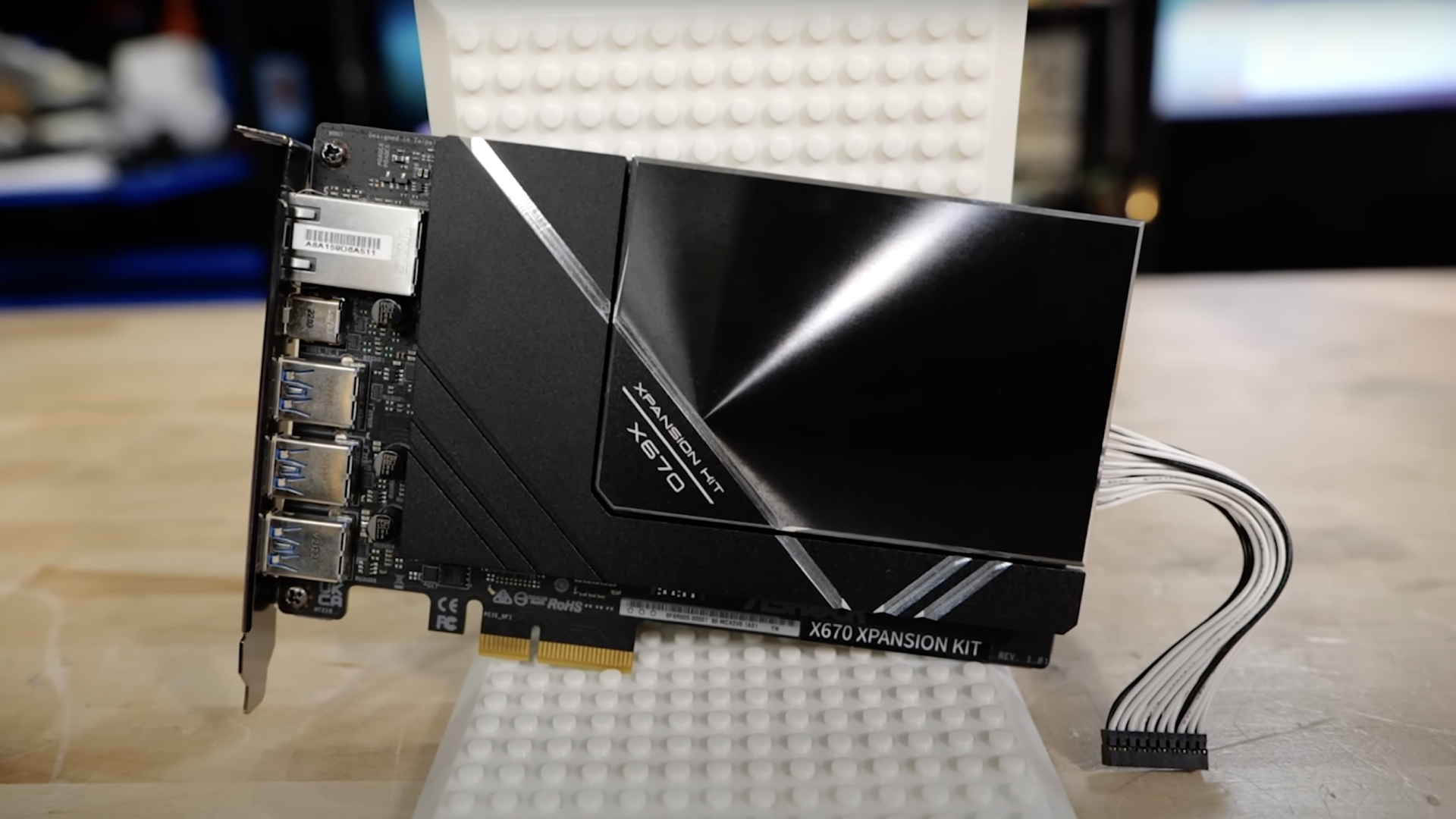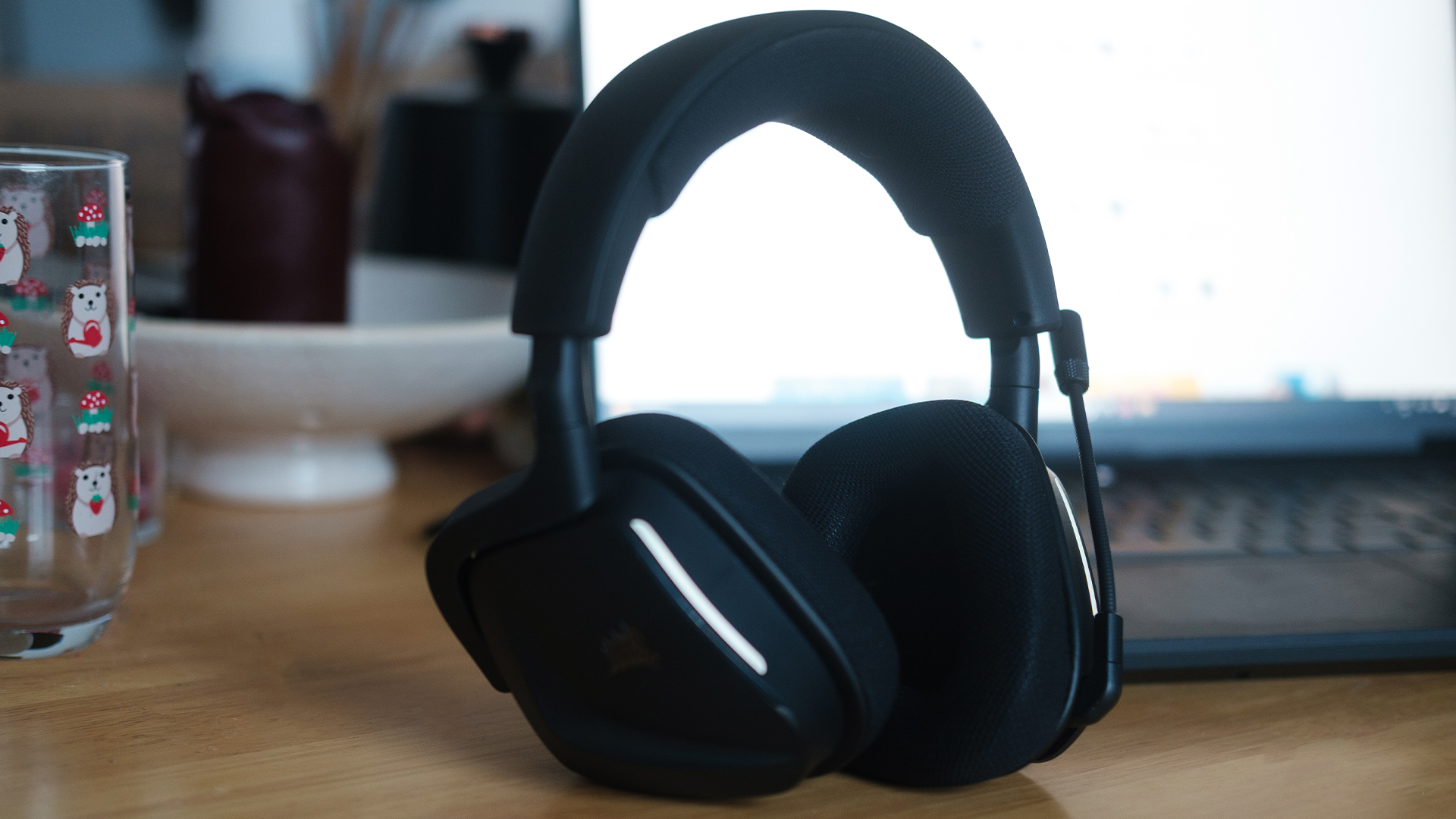ASRock heard you like AMD X670 mobos, so it turned a B650 into an X670 with an add-in card
Characteristically quirky from ASRock, but you wouldn't, really.
The quirky cats at Asrock have come up with another offbeat idea. Adding a second chipset to an AMD motherboard via a PCIe add-in card. Yup, really. The starting point is an ASRock B650 LiveMixer board to which a second AM5-spec chipset is added to the setup using an extra board adapter. Genius, right? Kinda.
Numerous caveats ensue, and ultimately this is a recipe for spending more money that you would have on the X670 motherboard in the first place, only to have the X670 chipset bit hobbled by the PCIe interface. But hold that thought.
As Level1Techs explain, the whole idea hinges on the fact that the AMD AM5 platform can support multiple chipsets either directly connected to the CPU or via daisychaining. That's how it differentiates between X670 and B650 motherboards, one has two chipsets dies and the budget version just one. So, ASRock decided to add a second chipset via a PCIe add-in card.
The X670 expansion kit comprises an add-in board with dual quad-lane M.2 SSD ports, a 10Gbps ethernet port, three USB-A 10Gbps ports, one 10Gbps USB-C ports and two SATA sockets.
The whole thing runs over a quad-lane PCIe 4.0 interface. So that's a theoretical 8GB/s of available bandwidth, which translates into 64Gbps of peak theoretical throughput. A single M.2 drive could saturate the entire link for the card, so there's lots of potential for bandwidth contention.
It's also critical to note that the card can't be used on any old AM5 motherboard. You need a special edition of the LiveMixer board with a J2 header. The card doesn't just run over the PCIe interface.

The add-in card is also not, as far as we can glean, for sale in any case. For now it's more of an engineering proof of concept.
The biggest gaming news, reviews and hardware deals
Keep up to date with the most important stories and the best deals, as picked by the PC Gamer team.
As a way to add features, most notably 10Gbps ethernet, it's intriguing at first glance. Add in a few more features like a sound card and suddenly you have a cheap add-in board that can turn a server into a workstation.
For normal PC users and gamers, like we said it's a funky way to spend more in total than an X670 board would cost just to have a hobbled X670 implementation. So not really a goer. But we salute ASRock for its signature outside-the-box thinking all the same.
Best CPU for gaming: Top chips from Intel and AMD
Best gaming motherboard: The right boards
Best graphics card: Your perfect pixel-pusher awaits Best SSD for gaming: Get into the game first

Jeremy has been writing about technology and PCs since the 90nm Netburst era (Google it!) and enjoys nothing more than a serious dissertation on the finer points of monitor input lag and overshoot followed by a forensic examination of advanced lithography. Or maybe he just likes machines that go “ping!” He also has a thing for tennis and cars.


